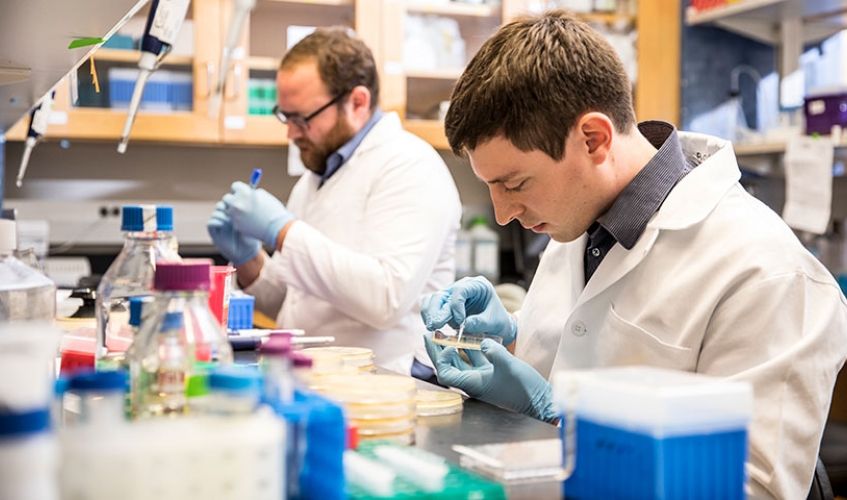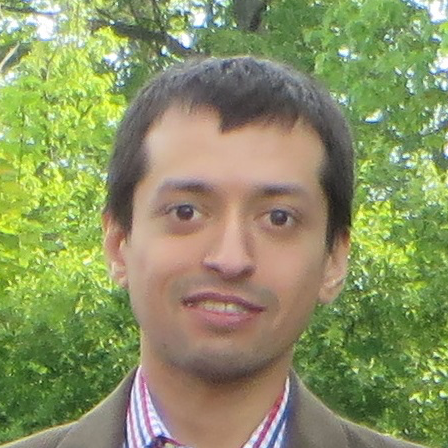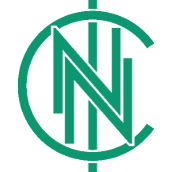Body-on-a-Chip: an application of three-dimensional microstructuring techniques
Yoshikazu HIRAI
Department of Micro Engineering, Kyoto University, JAPAN
E-mail: hirai@me.kyoto-u.ac.jp
http://www.nms.me.kyoto-u.ac.jp/en/member/hirai/
NanoES 291
Abstract
This presentation introduces three-dimensional (3-D) microstructuring methods based on optical lithography and addresses one of their application for developing “Body-on-a-Chip.” In vitro cell-based assay with human cells is getting attention since the accuracy of preclinical predictions of drug responses should be improved to reducing costly failures in clinical trials. In order to generate reliable predictions, we have developed a micro-engineered biomimetic systems “Body-on-a-Chip,” to investigate the effects of drugs/metabolites on multi organs by assembling a closed-loop medium circulation system on one microfluidic device. For 3-D polymeric sensor/actuator device fabrication, an advanced 3-D lithography with the process optimization was applied to improve device performances. Our Body-on-a-Chip was successfully applied to evaluate the effect of an anti-cancer drug (doxorubicin) on cell survival of human heart and liver cells.
Biography
Yoshikazu Hirai received the B.S. and M.S. degrees from Ritsumeikan University, Japan, in 2002 and 2004, respectively, and the Ph.D. degree from Kyoto University, Japan, in 2007, all in mechanical engineering. He was a Post-doctoral Researcher with the Graduate School of Engineering, Kyoto University. In 2009, he joined the Advanced Biomedical Engineering Research Unit, Kyoto University. Since 2013, he has been an Assistant Professor with the Department of Micro Engineering, Kyoto University. Dr. Hirai was a recipient of the Outstanding Reviewer Award in 2016 (Journal of Micromechanics and Microengineering, IoP) and the Institute of Electrical Engineers of Japan (IEEJ) Distinguished Paper Award in 2017. His current research interests include (1) Fabrication and packaging technologies for MEMS, (2) Optical lithography for 3D microstructuring, (3) Atomic sensor device (e.g., CSAC: Chip Scale Atomic Clock, CSAM: Chip Scale Atomic Magnetometer), and (4) Microfluidic system/device for biomedical applications.




